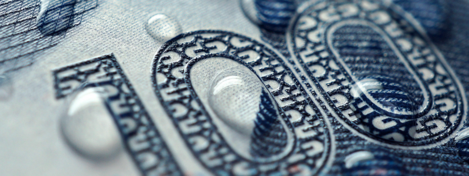

Armenia – Optimising its New Series through Design, Security and Substrate
The Central Bank of Armenia introduced a new series of banknotes at the start of this year, all of which are printed on a durable substrate (Hybrid™) and in which the design and security features have been updated. Arman Hovhannisyan, a Currency Issue Specialist at the Bank, told Currency News what these changes are connected with and how the new banknotes surpass the old ones.
What was the reason for the replacement of the banknote series?
Banknotes of the previous, second, series appeared in circulation in 1998. First, 50 and 100 dram banknotes were introduced, and then, in 1999, 500, 1,000, 5,000 and 20,000 dram banknotes appeared. Thus, our banknotes have already been in circulation for 20 years. This is quite a long time, so the Bank decided to issue a new series, the appearance of which was timed to coincide with the 25th anniversary of the national currency. The new notes are in denominations from 1,000 to 100,000 drams, and we have also issued a new 2,000 dram to optimise the series.
What has changed in the new notes?
The substrate has changed, new features have been incorporated and the design concept has been reworked in all denominations.
But not the 100,000 dram. Why didn’t you change the design of this?
It made no sense to modify the 100,000 dram banknote. This is a high denomination, it is well protected and is used by citizens relatively rarely, and there are still enough printed banknotes in the Bank’s vaults.
Why was it decided to change the substrate?
Currently, the lowest denomination of Armenian banknotes is the 1,000 dram. The lifetime of such banknotes in circulation is less than a year. The use of a stronger base ensures durability, which leads to savings of money spent on their issue. Of course, when making the decision to replace the substrate, the experience of other countries was studied. In some countries, low denominations are printed on a polymer base or on a hybrid, and high denominations on a cotton substrate.
But the Bank decided that all banknotes should be printed on the same material so that the population could easily recognize denominations by touch. Hybrid – which consists of a paper based coated on both sides with polyester – was the chosen substrate.
Hybrid™ – which consists of a paper based coated on both sides with polyester – was the chosen substrate.
Arman Hovhannisyan, a Currency Issue Specialist at the Bank
What savings do you anticipate, given that the costs of Hybrid are higher than those of paper?
Indeed, the cost of Hybrid material used is higher than cotton paper. However, taking into account that the lifetime of banknotes increases with it by 2-3 times, the Bank consider the costs to be very effective.
How did you select the banknote printer?
There was a closed tender, in which companies that print euro banknotes could participate. Giesecke + Devrient won as a result of a comprehensive evaluation of all offers.
Where was the design developed?
In Armenia. In the competition for the design, the works of three authors – Vardan Vardanyan, Edward Kurginyan and Suren Simonyan – won. The combination of their sketches was taken as a basis. The development of the final technical design was realised in cooperation with the specialists at Giesecke + Devrient.

What exactly has changed in the design of banknotes?
The portraits depicted on the banknotes have changed, but the main themes have been preserved – these are culture, history, art and architecture of Armenia. For example, the banknote of 1,000 dram of the second series depicted the writer Yeghishe Charents, and now it is the poet Paruyr Sevak. The new denomination – the 2,000 dram – is decorated by the portrait of the 9th World Chess Champion Tigran Petrosyan. The reverse shows the chess house in Yerevan and the building of the Opera and Ballet Theater, where the World Chess Championship match was held.
The 5,000 dram previously depicted a portrait of the writer Hovhannes Tumanyan, and now there is a picture of the American writer of Armenian origin, William Saroyan. The reverse shows a pomegranate tree and the Armenian highlands, symbolising the writer's work. There is also a panorama of Bitlis, the city where Saroyan was born.
For the 10,000 dram, a portrait of the writer Avetik Isahakyan was replaced by a portrait of the composer, singer and conductor Komitas. Komitas's famous grand piano and the building of Gevorkian Lyceum in Echmiadzin on the reverse of the banknote symbolise his work.
The 20,000 dram now contains the image of the world-famous artist, also of Armenian origin, Ivan Aivazovsky, against the background of the house-museum and port in Feodosia, as well as paintings of the great marine painter. Earlier on this denomination the artist Martiros Saryan was depicted.
Finally, the 50,000 dram represents the founder of the Armenian Apostolic Church, St Gregory the Illuminator. On the other side there is the Khor Virap Monastery, Mount Ararat, as well as the grave and the statue of Gregory the Illuminator.
How was the selection of security features conducted? How are Armenian banknotes protected now?
Initially, the Bank expressed its wishes regarding the security complex for new banknotes, and the manufacturing companies offered their security features. On the new banknotes, the already known security features have been preserved, and a new protection has also appeared. New Armenian dram banknotes, as before, are protected by two watermarks and ultraviolet marks. A transparent window with a clear image of the design element has appeared, as well as a two-colour iriodin stripe on the reverse side of the banknote.
Among the new security features there is a diving security thread with a color-changing effect. Previously, the banknotes had two thin protective threads – one completely embedded in the paper, and the other a windowed metallic thread.
They have been replaced by a wide security thread, Galaxy®, which contains bright 3D floating figures, an image of the symbol of the dram, and a demetallised inscription of the banknote denomination. The second security feature, which is easily recognisable by the population, is the colour-changing SPARK® Live. There is also a horizontally floating 3D element.
Optimising its New Series

Do all the denominations have the same security architecture?
Yes, all banknotes of the new series are protected equally. This continues the concept of previous releases, and the introduction of security features into the substrate makes the process of counterfeiting extremely difficult.
What is the situation with counterfeiting in Armenia?
Fortunately, there is not much counterfeit money in our country. And the quality of its production is very low. Mainly inkjet printers are used for this. There were manipulations with holograms from time to time, but they stopped after the Bank took the appropriate measures.
Has the size and colour of the banknotes changed?
Banknotes of the second series were of different size and color. The same principle was preserved in the third series – the banknotes have the same width, but differ in length, each subsequent denomination differs from the previous one by 5mm. As for the colours, they are all different and not the same as the colours of previous banknotes.
What will happen to the old banknotes in circulation?
Banknotes of the second series will remain in circulation until they wear out. In addition, new banknotes do not appear in free circulation at once. However, ATMs still give out mainly banknotes of the old series. The reason is clear – commercial banks need time to adapt ATMs and other equipment to the new banknotes.
Was there an information campaign about the notes?
News about the official release of the new banknotes was shown on all television channels, and a video about how they look and how they are protected was broadcast several times a day. Booklets for commercial banks were issued, in which all the security features of the new series were listed, as well as posters for the public, where six main features were described.
And also a tutorial program was developed that can be downloaded to a smartphone which, in offline mode, shows and explains where the security features are located and how to recognize them.
What has been the public reaction to the new banknotes?
We are carefully studying the reaction of citizens. We have a lot of positive feedback. The main opinion is that they liked real banknotes even more than their advertising images on TV or in a booklet.

Further Reading
Galaxy® Security Threads
Clear authentication, high dynamics and 3D effects – Louisenthal has rolled all these properties into an innovative security thread technology. Galaxy is based on tiny microscopic mirrors plus ColourShift, a technology which provides a brilliant visual experience and extreme protection against counterfeiting.
Hybrid ADDvance® and Hybrid™
Hybrid ADDvance and Hybrid are Louisenthal’s solutions for durable and highly secure banknotes from low to high denominations.